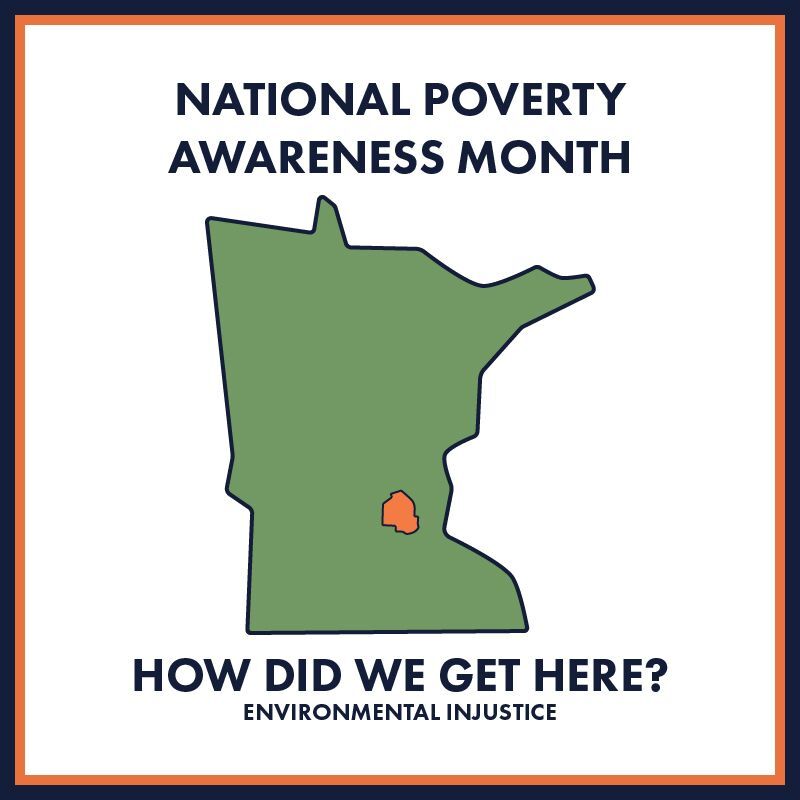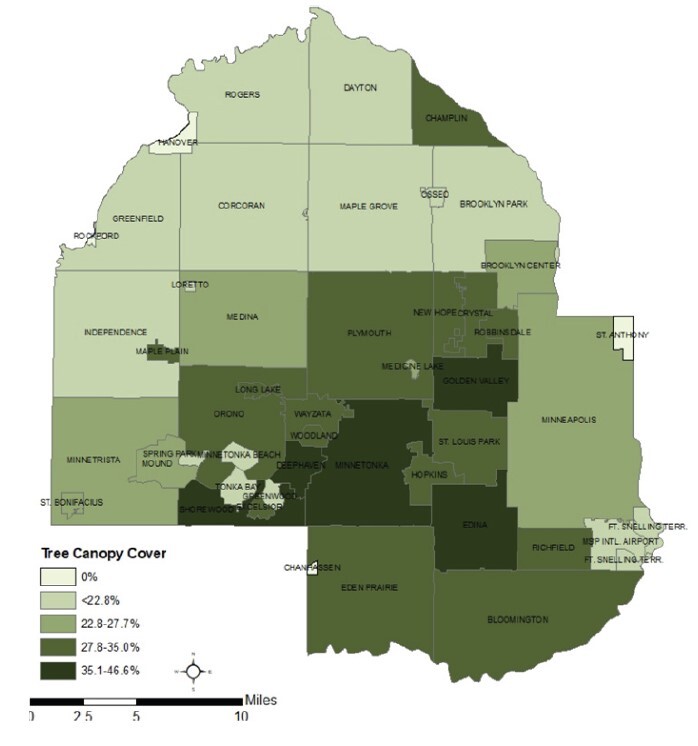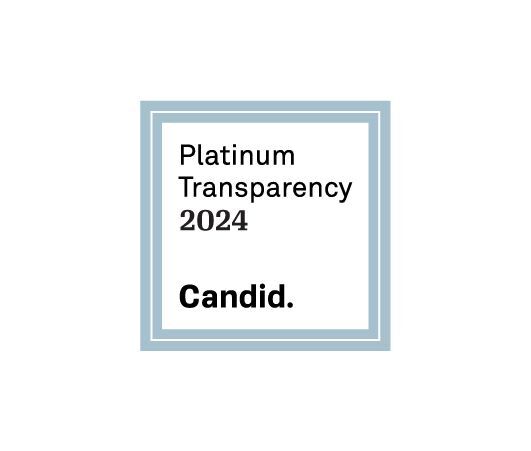
EXTREME HEAT
Extreme heat can be dangerous to health — even fatal. Extreme heat results in increased hospital admissions for heat-related illness, as well as cardiovascular and respiratory disorders.
HEAT DISPARITIES
Minneapolis has one of the highest heat disparities between areas that had been redlined and areas that had been rated highly — a temperature discrepancy of 10.8 degrees on average, the third highest in the country.
LESS GREEN SPACE IN REDLINED AREAS
Redlined areas were made vulnerable to large-scale development projects and disrupted green space, contributing to the massive difference in temperature. “Dark surfaces like paved roads or tar-covered rooftops readily absorb heat from the sun. They also tend to hold onto that heat more tightly than natural materials like loose dirt or plants. Big, densely clustered buildings do the same. Once heated up, they release the heat only slowly into the surrounding air like a hot, stale breath.”
ENERGY BURDEN
Energy poverty poses another environmental hazard to Minneapolis. Energy inefficiency in the home like drafty windows, poor insulation, inefficient appliances, and faulty heating and cooling can make energy bills a lot more expensive. On average, African-American and White households paid similar utility bills, but African-American households experienced a median energy burden 64% greater than White households (5.4% and 3.3%, respectively).
TREE CANOPIES
Tree canopies are critical to neighborhood livability. Low tree canopy coverage is correlated with lower-income neighborhoods. The Minneapolis city average is 27%, and the most tree-covered neighborhoods are the ones where tree canopy made up between 41% and 60% of the land. Tree coverage is essential to neighborhoods as they reduce heat island effects, improve mental and physical health, reduce stormwater runoff, save energy and money, reduce air pollution, protect natural waterways, absorb sound pollution, increase property values, and reduce wind speed.

Sources: CDC, NPR, The Guardian, National Geographic, Cvitizens Utility Board, Tree Equity Score, Green Minneapolis








